Nanny cams aren't just for kids anymore.
Interactive cameras, motion detectors and even smart toilets can be useful telecare tools to see if Grandma and Grandpa are taking their meds, or to determine if they are beginning to lose their ability to lead normal lives.
But only if certified caregivers know how to use the telecare services and interpret the results.
"Caregivers need to be trained and tested on the proper use of these new telecare systems and technologies to ensure that patients are getting the best possible care," says Dr. Cathleen Carr, executive director of CertifiedCare.org, one of the nation's largest organizations to educate and certify caregivers.
"The use of cameras to monitor adults who might need caregiving is becoming a more common occurrence," said Carr, who has been invited to draft legislation on caregiving standards to be presented to the Ohio state legislature. "Families need to get the peace of mind they need to make intelligent decisions for their loved ones."
High-tech devices can be a cost-efficient way for the elderly to lead normal lives with minimal help from caregivers. It can also lower the price of care that would otherwise require expensive in-home caregivers or warrant sending them to assisted-living centers.
Remote care technology can help prolong the amount of time an at-risk person can safely live on their own.
Also, technology can show and tell the truth where people don't or can't.
"Cameras don't lie, but people do," she said. "Elderly people have their pride and they don't want to admit they are having trouble doing simple tasks like taking their medicine or cooking food properly or letting the dog out of the house. That's where monitoring devices can help families determine if extra care needs to be given."
For many family members, this is a new concept and their first reaction is, "What is telecare?"
Carr says telecare can help a family identify the needs of their loved ones and see what kind of care is needed. It is a vital tool for people who live long distances from their relatives.
"Telecare provides a sense of security for the senior. It shows them that they are not all alone in the world. It provides an opportunity for friends, family or third-party caregivers to see what is really going on in a day in the life of a senior," she said. "Of course, it should not be exclusively relied upon once certain needs are identified."
Telecare devices can help caregivers find out if clients are:
- Not doing everyday tasks, like sorting mail or paying bills.
- Taking their medicine
- Putting something on the stove, but not coming back into the kitchen for long periods.
- Leaving perishable food on the counter.
- Forgetting to put away food.
RFID tags can be used to track supplies, medication, and objects that get lost (i.e. glasses, canes, keys).
Motion sensors can detect when a person gets out of bed or what time the client wakes up and goes to sleep. Sensors can also show when the refrigerator is opened or if medicine vials have been opened.
Telecare can also help spot other signs of someone not being able to cope properly.
For example, if a person answers the phone when the doorbell rings.
"People appear to function on their own, but their wires are beginning to get crossed or frayed," she said.
A properly trained and licensed caregiver who understands telecare can help a senior stay at home longer so they can preserve their independence, maintain a level of safety and save money, said Carr.

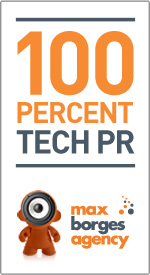
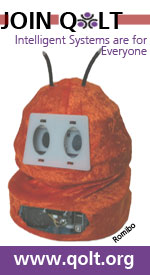
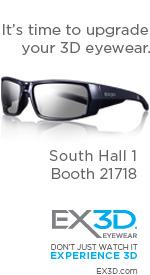
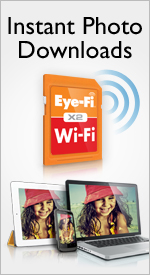
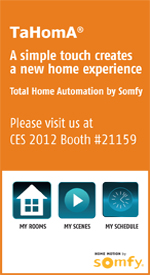
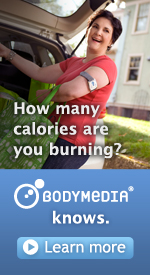



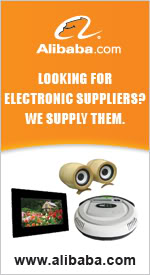

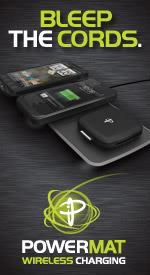
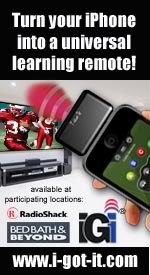
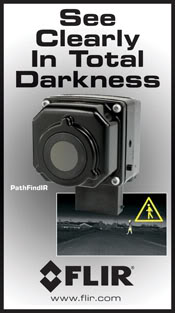
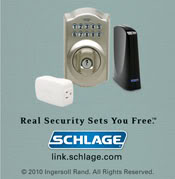
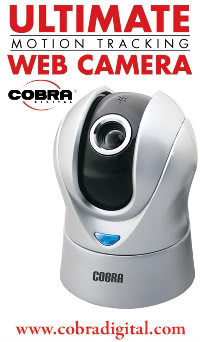
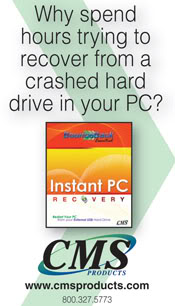


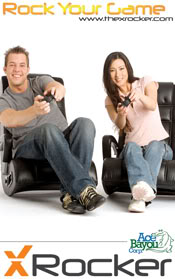



Comments